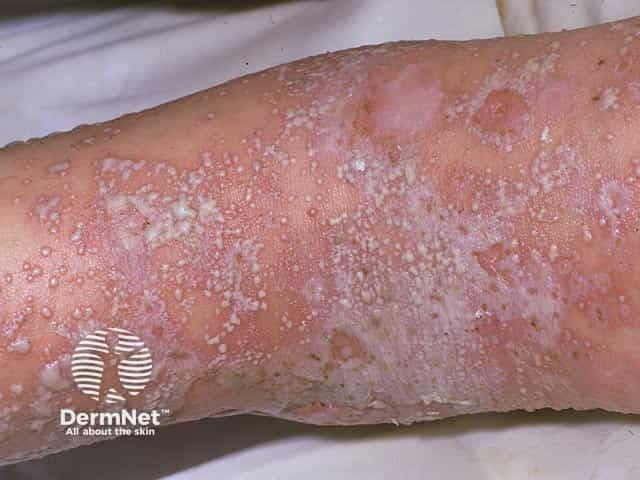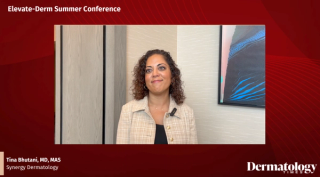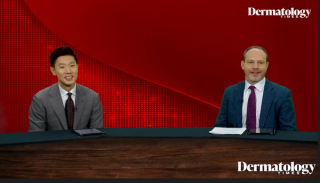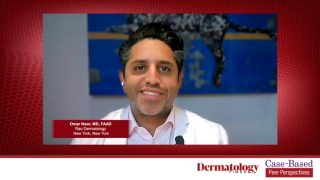
Psoriasis
Latest News
Latest Videos

CME Content
More News

Both treatments were well tolerated, with only mild, self-limiting adverse effects reported.
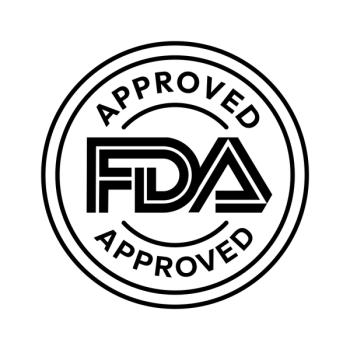
Phase 3 PROTOSTAR data support new indications, expanding treatment options for children impacted by chronic immune-mediated diseases.

Bristol Myers Squibb expands direct-to-patient pricing for deucravacitinib and apixaban, enhancing access and affordability for patients in need.

Stephanie Simmerman, DNP, APRN-C, led discussions on psoriasis treatment innovations at Maui Derm NP+PA Fall 2025, highlighting NP and PA advancements.

George Martin, MD, reveals cutting-edge treatments for vitiligo, psoriasis, and psoriatic arthritis at Maui Derm NP+PA Fall 2025, enhancing patient care strategies.

Findings from a large retrospective study presented at EADV 2025 suggest psoriasis significantly increases the risk of both wet and dry age-related macular degeneration.

Balinatunfib was generally well tolerated, with common adverse events such as nausea and arthralgia also observed in placebo groups, according to data from EADV 2025.

Almirall's POSITIVE study, presented at EADV 2025, prioritizes patient well-being, showcasing the holistic impact of advanced treatments.

At the 2025 EADV Congress in Paris, phase 3 ICONIC-ADVANCE data showed icotrokinra outperformed deucravacitinib in moderate to severe psoriasis.

The trial presented at EADV 2025 confirmed that icotrokinra’s efficacy is consistent with injectable IL-23 inhibitors while offering an oral option.

By blocking 2 key inflammation signals, research presented at EADV found bimekizumab may help keep both skin and joints healthier over time.

At EADV, research showed benefits of zasocitinib on quality of life were observed as early as week 4 and sustained through week 12.

Cigna’s removal of restrictions on home phototherapy, following a similar decision by Elevance Health, expands access to more than 66 million Americans.

Explore the complex genetic links between psoriasis and cardiovascular diseases, highlighting the IL-23 and IL-17 pathways' role in health risks.

New guidelines enhance understanding and treatment of genital psoriasis, addressing its psychological impact and improving patient-provider communication.

Phase 3 trials demonstrated that icotrokinra met all primary and co-primary endpoints, including PASI 90 and IGA 0/1 responses.

New insights reveal psoriasis patients' challenges with family planning and pregnancy, highlighting the need for better information and support from healthcare providers.
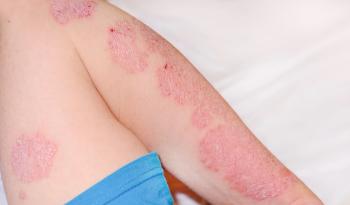
Arcutis Biotherapeutics seeks FDA approval for Zoryve cream to treat plaque psoriasis in children as young as 2, addressing a critical treatment gap.
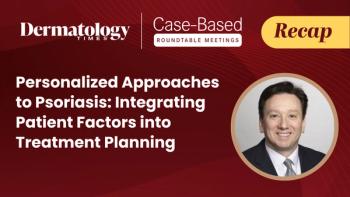
Experts in Miami Beach emphasized that adherence often drives biologic choice more than efficacy in real-world psoriasis care.

Advances in biologics and systemics have reshaped the lives of patients with psoriasis, offering clearer skin and joint protection.

Roundtable participants agreed the art of psoriasis management lies in aligning biologic or oral options with patient comorbidities, lifestyle, and insurance coverage.

Omar Noor leads a dynamic discussion on personalized psoriasis therapy, addressing patient challenges and innovative treatment options.

Art Garfunkel raises awareness about psoriasis, sharing his journey and the impact of tildrakizumab treatment in a campaign for support and hope.

Explore the latest advancements in psoriasis treatment with innovative topical therapies, enhancing patient outcomes and simplifying management for diverse skin types.

Pediatric psoriasis poses unique treatment challenges, highlighting the importance of early intervention and awareness of comorbidities in young patients.



